What is idea behind this instead of classical way with shifted LO, what affect this produce, any useful link to read about this approach ?
If done perfectly, it really doesn't matter whether the LO or the RF gets a 90 degree phase shift.
Which method a designer picks will often depend on other things like what components are available, what they did last time etc. There's nothing fundamental about the choice. The choice could easily come down to something as apparently trivial as an in-phase Wilkinson divider will tend to be narrower than a quadrature hybrid, and the board layout suits one better than the other in the RF or LO. In your attached photo, that seems to be the case, the hybrid won't fit between the mounting hole and the decoupling caps.
At low frequencies, quadrature LOs generated by a digital /4 divider are often a popular choice, for the exact angle accuracy.
The main drawback with shifting by 90 in the RF is keeping the gains matched in the I and Q paths, especially as the frequency shifts slightly, which will cause the outputs of a quadrature hybrid to change amplitude in opposite directions. Mixer gain tends to be less sensitive to amplitude variation on the LO inputs, which would favour quadrature LOs.

